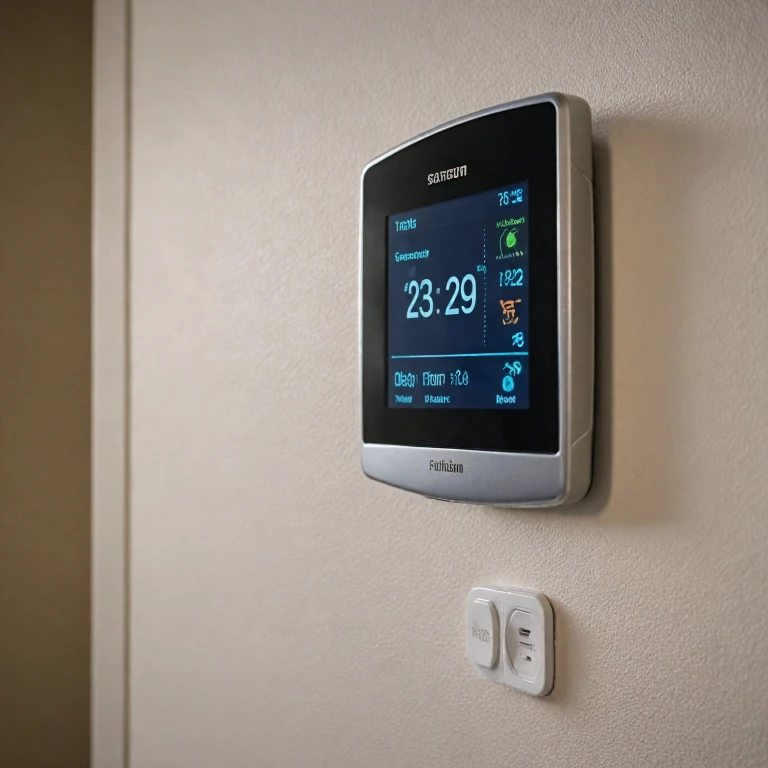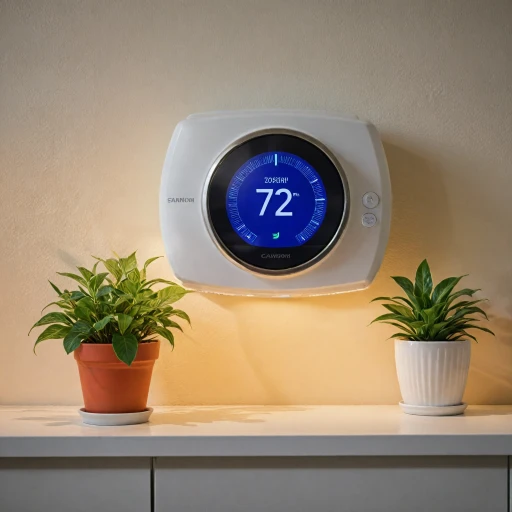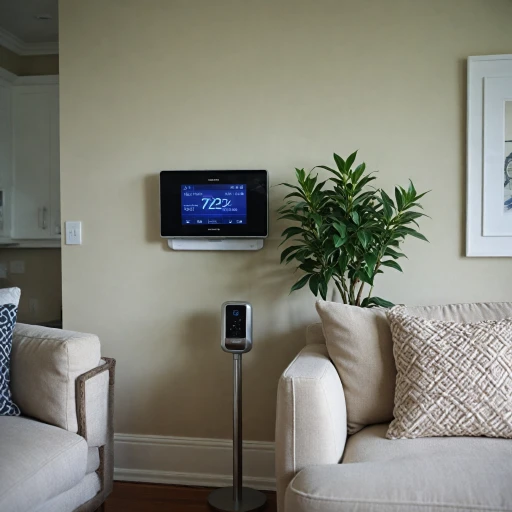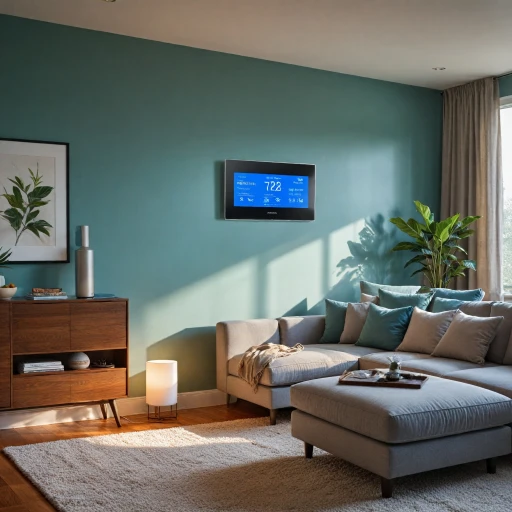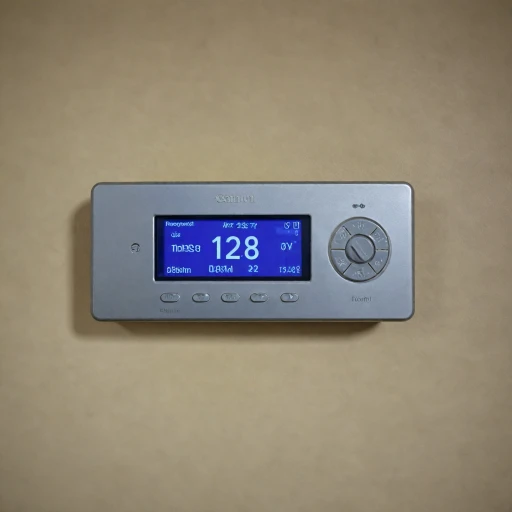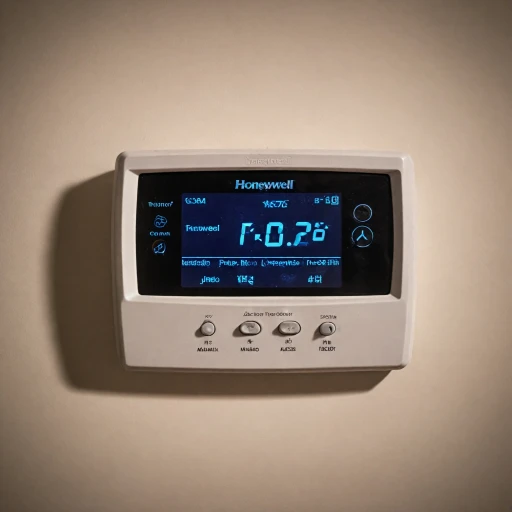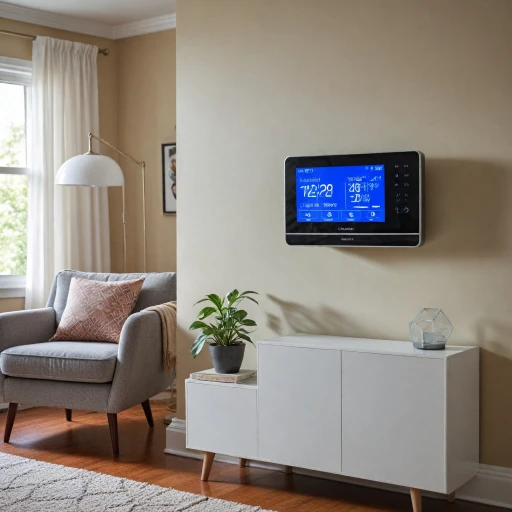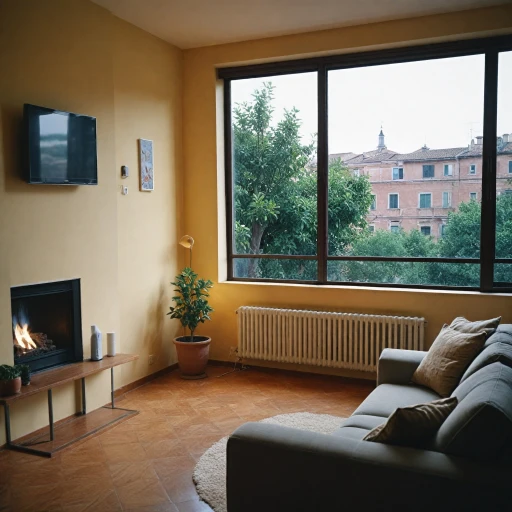
What is a Two-Stage Thermostat?
Exploring the Dual-Stage Thermostat
A two-stage thermostat, a key player in modern heating and cooling systems, offers refined temperature control by adjusting its output between low and high stages. Unlike its single-stage counterpart that operates at maximum capacity whenever the furnace or air conditioner is on, a two-stage thermostat enables multi-stage heating or cooling, allowing for more precise temperature regulation. This contributes significantly to both energy savings and home comfort. The system primarily includes dual stage functionality: a low stage for milder weather conditions and a high stage for more extreme temperatures. This adjustment capability makes it a smart thermostat choice for those looking to enhance their home’s efficiency and comfort. Furthermore, the integration with programmable thermostat options ensures that users can customize heating and cooling patterns based on their daily routines—an added advantage for both energy conservation and personalized comfort. Products like the Nest thermostat stand out in this category, gaining popularity for their ability to improve system efficiency. These thermostats not only log historical usage patterns but can also auto-adjust based on learned behaviors, contributing to more sustainable heating and cooling practices. These advancements help homeowners embrace eco-friendly living without compromising comfort, aligning with standards like Energy Star certification for added reassurance. Moreover, upgrading from a single to a two-stage thermostat can ultimately feed into long-term cost savings. Benefits range from reduced energy bills to extended lifespan of HVAC components such as heat pumps and stage furnaces, making it a sound investment decision. As you consider the switch, evaluating your current system compatibility and understanding installation requirements will be essential steps in the transition. For those interested in enhancing home comfort with a thermostat that offers remote access, visiting this resource on enhancing home comfort with a Daikin thermostat may provide additional insights.How Two-Stage Thermostats Enhance Energy Efficiency
Optimizing Energy Savings with Advanced Thermostat Stages
A two-stage thermostat offers significant advantages when it comes to enhancing energy efficiency in your home. This type of smart thermostat differs from single-stage models by managing your heating and cooling systems in a more nuanced way. Here's how it works:- Variable Operation: Instead of running at full capacity in a single stage, multi-stage thermostats allow your heating and cooling systems to operate at lower stages when less demand is required. This leads to reduced energy consumption, as your furnace or heat pump doesn't need to run at maximum capacity at all times.
- Efficient Heating and Cooling: In dual-stage heating systems, your furnace can modulate its output to match the current requirements. For instance, on milder days, the stage thermostat will operate at a lower capacity, consuming less energy while still maintaining a comfortable temperature inside your home.
- Balancing Efficiency and Comfort: Two-stage systems, including products like Nest thermostats, effectively balance energy savings with home comfort by adjusting the air conditioning or heating levels dynamically. This ensures that your space isn't being over-cooled or overheated, which not only conserves energy but also prolongs the lifespan of your HVAC system.
- Programmable Features: Enhance efficiency further with programmable options in your smart thermostat. By setting schedules for different times of the day, you can optimize when your system operates at its highest and lowest stages, reducing unnecessary energy use.
Improving Home Comfort with Two-Stage Thermostats
Elevating Air Quality and Comfort
Two-stage thermostats significantly improve air quality and overall home comfort by maintaining a more consistent temperature. A dual stage system precisely controls the heating and cooling cycles, reducing frequent temperature fluctuations commonly experienced with traditional single stage thermostats.
These thermostats are adept at optimizing heating and cooling systems. They modulate between high and low settings, offering a tailored temperature management solution. For instance, during the cold season, a dual stage heating system can run at a lower power to maintain a stable heat level before switching to a higher setting if the temperature drops significantly. This nuanced stage heating process not only keeps indoor air pleasant but also exemplifies the smart thermostat’s ability to adapt to varying climate conditions.
Smart Systems: Integrating Technology
Modern devices like the Nest Thermostat align with today's smart home ecosystem, featuring smart connectivity options. Google Nest and other similar products ensure easy temperature adjustments remotely via smartphone apps, thus enhancing the convenience factor substantially. The programmable thermostat element is key for periods when precise temperature control isn't a forefront concern, like during work hours when no one is home.
Effective Humidity Control
Managing humidity is pivotal for maintaining comfort. With a two-stage thermostat, the air conditioning system operates efficiently at varying speeds to dehumidify the space effectively, a feature not as sophisticated in a single stage system. This is particularly beneficial for homes in humid climates, resulting in cooler, crisper air without excessive energy consumption.
To further enhance your home's comfort, consider exploring the role of an attic fan with a thermostat, which can also contribute to maintaining optimal indoor air quality and temperature.
Compatibility and Installation Considerations
Assessing Compatibility and Installation Steps
When considering the switch to a two-stage thermostat, it's crucial to evaluate how well it will integrate with your existing systems. Whether you're working with a single-stage or multi-stage heating and cooling system, compatibility is key in ensuring efficient operation. For most modern systems, including those utilizing a heat pump or a stage furnace, two-stage thermostats are generally compatible. However, homeowners using older systems may need to confirm specifications with a pro to ensure they can support the programming required for a two-stage system. This is particularly important with systems that are still operating on a single-stage premise. Most smart thermostats, like the Nest thermostat by Google, are designed to be user-friendly, allowing for easy installation and syncing with Wi-Fi. For those who aren’t tech-savvy, professional installation might be the best route to take to avoid potential mishaps. Programming your thermostat is another step in the installation process where professional help can add value. A programmable thermostat simplifies managing your home temperature settings across different times of the day and recognizing it within your daily routine. For anyone planning to add such a product to their cart, keep in mind that the initial investment not only involves the cost of the thermostat itself but also any potential installation expenses. Whether you’re dealing with a single air conditioning unit or a complex dual-stage system, setting up a two-stage thermostat can bring both efficiency and comfort benefits as discussed in previous sections of this blog. Ultimately, ensuring compatibility and considering professional installation helps maximize the effectiveness of your upgraded thermostat product.Navigating this aspect appropriately could be the difference between a smooth transition and encountering hurdles when integrating a more advanced stage heating solution.
Smart Features and Connectivity Options
Exploring Smart Features and Connectivity
When considering a two-stage thermostat, it's essential to understand the smart features and connectivity options available. These advanced capabilities can significantly enhance the functionality and convenience of your heating and cooling systems.
Smart thermostats, like the Google Nest, offer a range of features that go beyond basic temperature control. Here’s what you can expect:
- Remote Access: With a smart thermostat, you can control your home’s temperature from anywhere using your smartphone or tablet. This feature is particularly useful for adjusting settings while you’re away, ensuring your home is comfortable upon your return.
- Programmable Schedules: Many smart thermostats allow you to set day programmable schedules, optimizing energy use by adjusting the temperature based on your daily routine.
- Integration with Smart Home Systems: Products like the Nest thermostat can integrate with other smart home devices, creating a seamless and automated home environment. This integration can include voice control through assistants like Google Assistant or Amazon Alexa.
- Energy Monitoring: Some smart thermostats provide detailed energy usage reports, helping you understand your consumption patterns and identify opportunities for savings.
- Automatic Adjustments: Advanced models can learn your preferences over time and make automatic adjustments to optimize comfort and efficiency.
These features not only enhance convenience but also contribute to the overall energy efficiency of your home, as discussed in the section on energy efficiency. By choosing a smart thermostat with these capabilities, you can enjoy a more comfortable living environment while potentially reducing your energy bills.
Cost-Benefit Analysis of Upgrading to a Two-Stage Thermostat
Analyzing the Financial and Practical Advantages
When contemplating an upgrade to a two-stage thermostat, evaluating the cost-benefit is crucial. The initial investment in such a system might be higher than opting for a single stage or basic programmable thermostat. However, the long-term savings in heating and cooling costs often justify the upfront expense.- Energy Efficiency: Dual stage systems, such as a stage furnace or cooling setup, optimize energy usage by scaling operation to meet the actual demand. This efficiency directly translates to reduced energy bills and aligns well with Energy Star standards.
- Home Value and Comfort: Homes equipped with smart systems like the Nest Thermostat, Google Nest, and other advanced products not only increase in comfort but in market value too.
- Long-Term Savings: The improved efficiency of two-stage heating and cooling systems means prolonged equipment life. Systems endure less wear and tear, thus lowering maintenance and replacement costs.
- Smart Features: Programmable thermostats with connectivity options add value. Features that allow for remote access and smarter temperature regulation enhance convenience and lifestyle quality.
